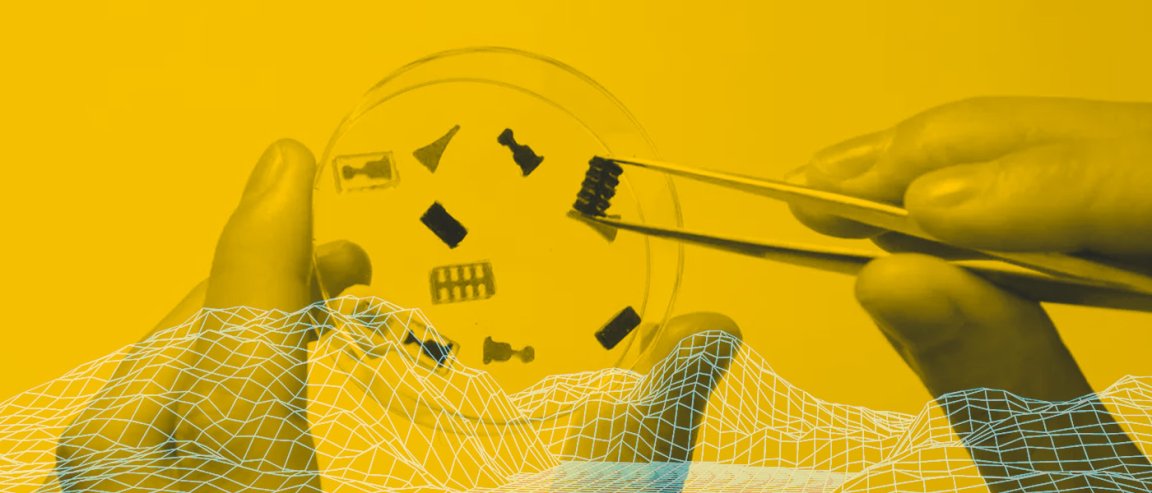
One pill
Last year, the FDA approved a 3D-printed pill for the first time. And now, researchers from the National University of Singapore (NUS) have developed a method to make 3D printing medicine even better. NUS Chemical and Biomolecular Engineering Assistant Professor Soh Siow Ling, with the help of PhD student Sun Yajuan, created a cheap, simple way to prompt a 3D printer to create multiple medications with different release formulas—all in one pill.
“For a long time, personalised medicine has been a mere concept as it was far too complex or expensive to be realised,” said Soh. “This new tablet fabrication method is a game changer—it is technically simple, relatively inexpensive and versatile.
The desired medications per patient can be mapped out by a doctor or pharmacist through the design software. “The system is easy to use and does not involve any complex mathematical computation whenever a new release profile is needed,” NUS states.

The new method addresses the difficulties and limitations of current drug manufacturing processes, such as complicated dosages. Each component in the pill is separated by a polymer that determines when the drug is released into the body and in what dosage.
“For instance, a five-prong shape will allow the drug to be released in five pulses over time,” the NUS adds. “By adjusting the shape of the drug-containing polymer, it is thus possible to release drugs at any desired rate.”

Due to the method’s simplicity and low cost, and the fact that 3D printers themselves are getting cheaper, the system can easily be adapted by hospitals. “It can be applied at individualised settings where physicians could produce customised pills on the spot for patients, or in mass production settings by pharmaceutical companies,” Soh said.
To break down the process more, a doctor would utilize a computer program, inputting what medications an individual needs to take, in what dose, and how frequently. This would create a computer model of a small multi-pronged template (an example of one can be seen in the top image, what the tweezers are picking up).
That model is sent to a 3D printer. It makes a mold of the template. A liquid polymer is mixed with the medication and poured into that mold. That cast is then encased in more polymer, and that helps determine the release time. Depending on the shape of the template, different parts of the pill are revealed at different times, releasing medication.
The NUS is already entertaining a multinational corporation for commercialization of the invention and in order to do additional research and conduct testing.